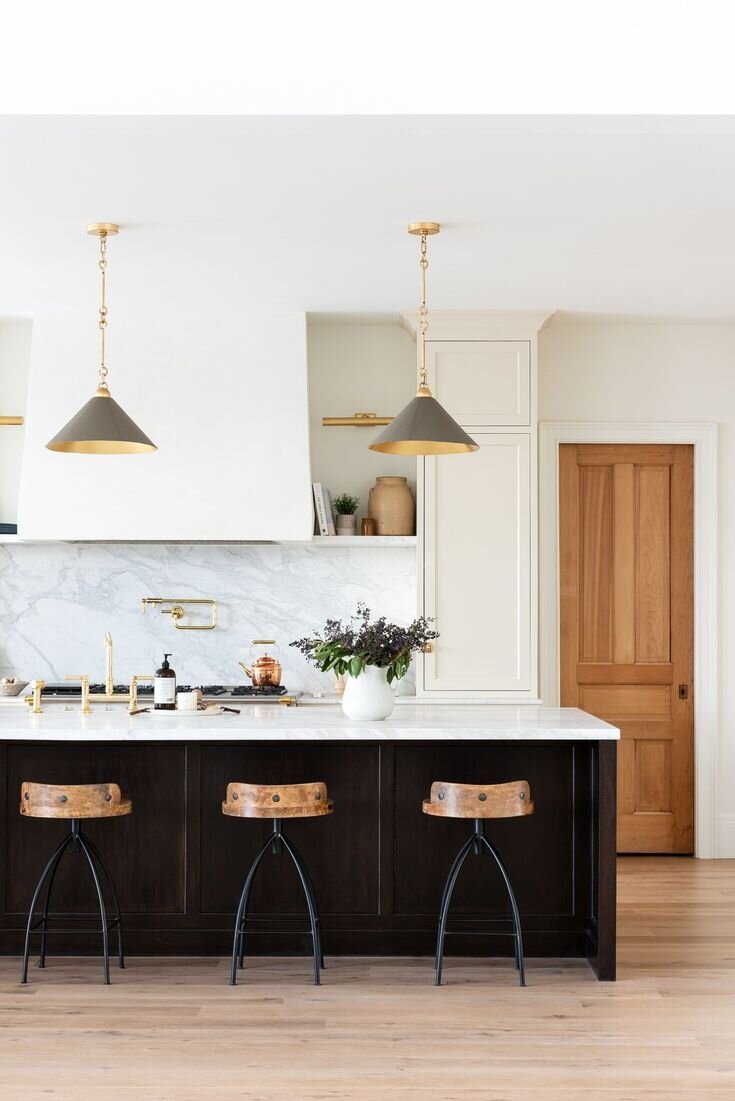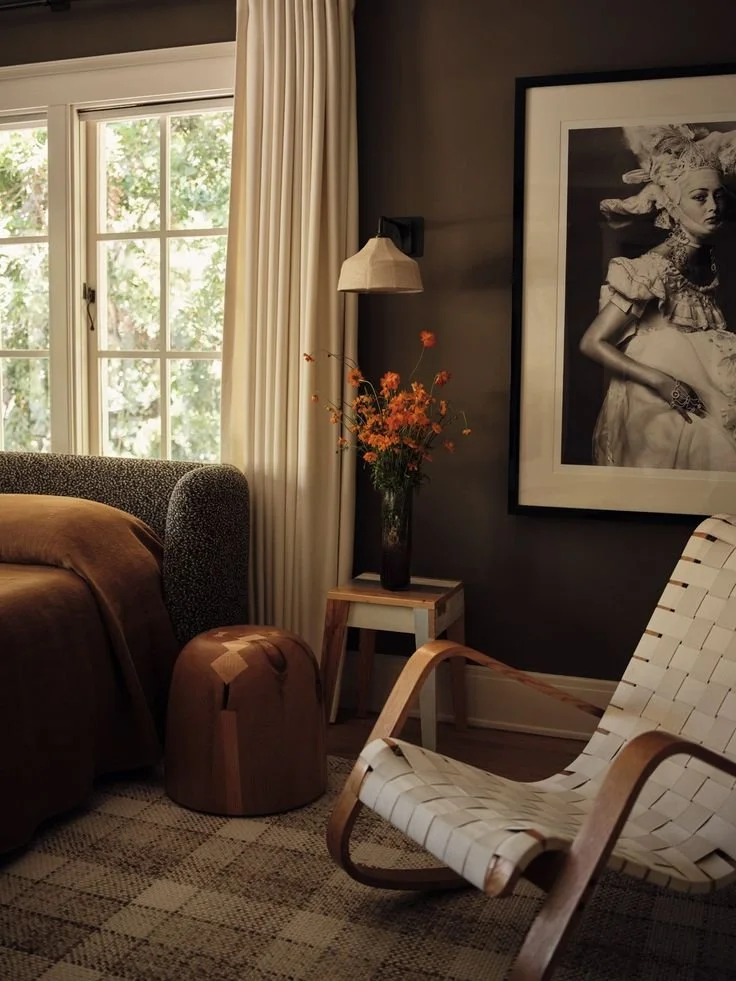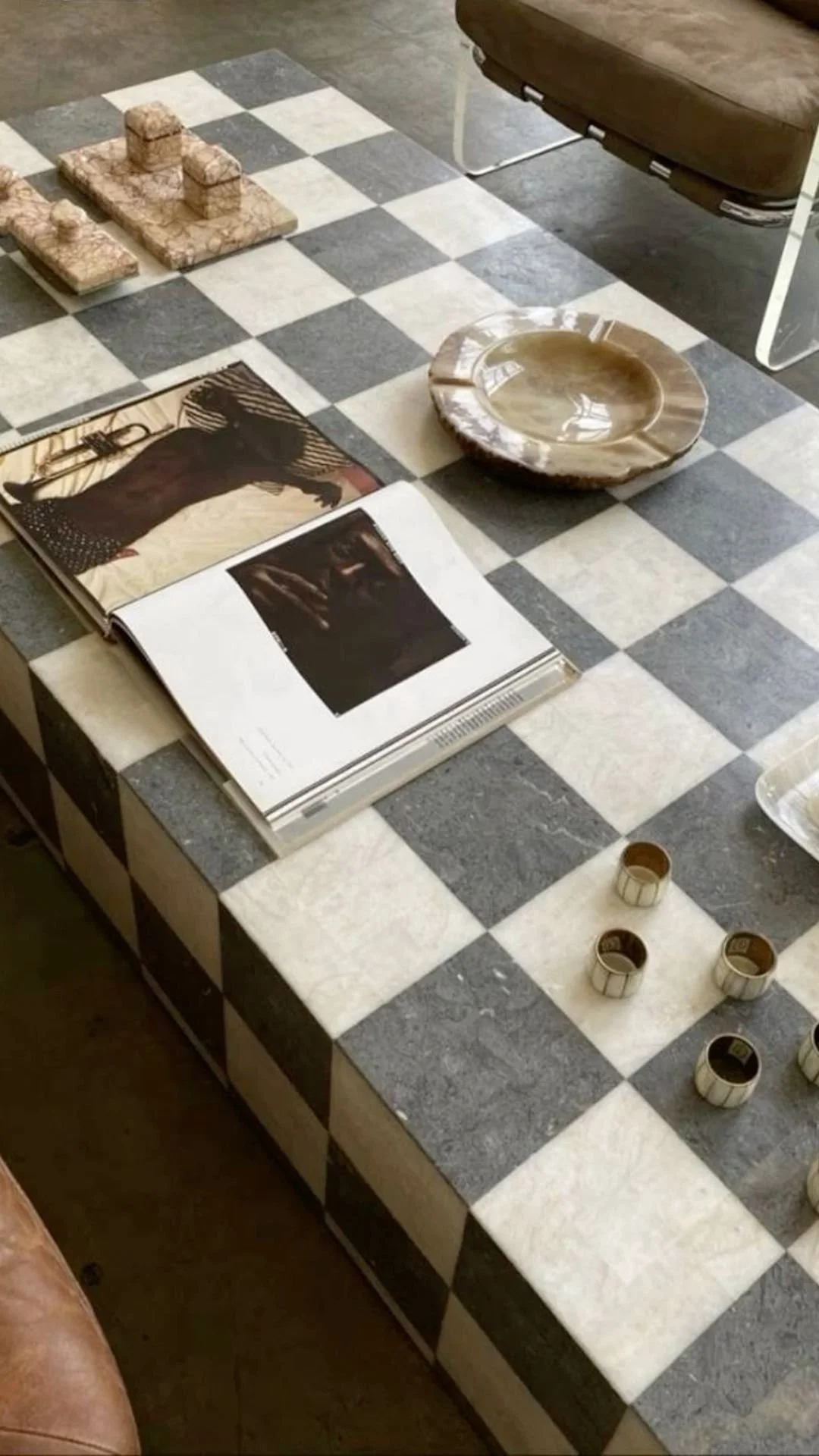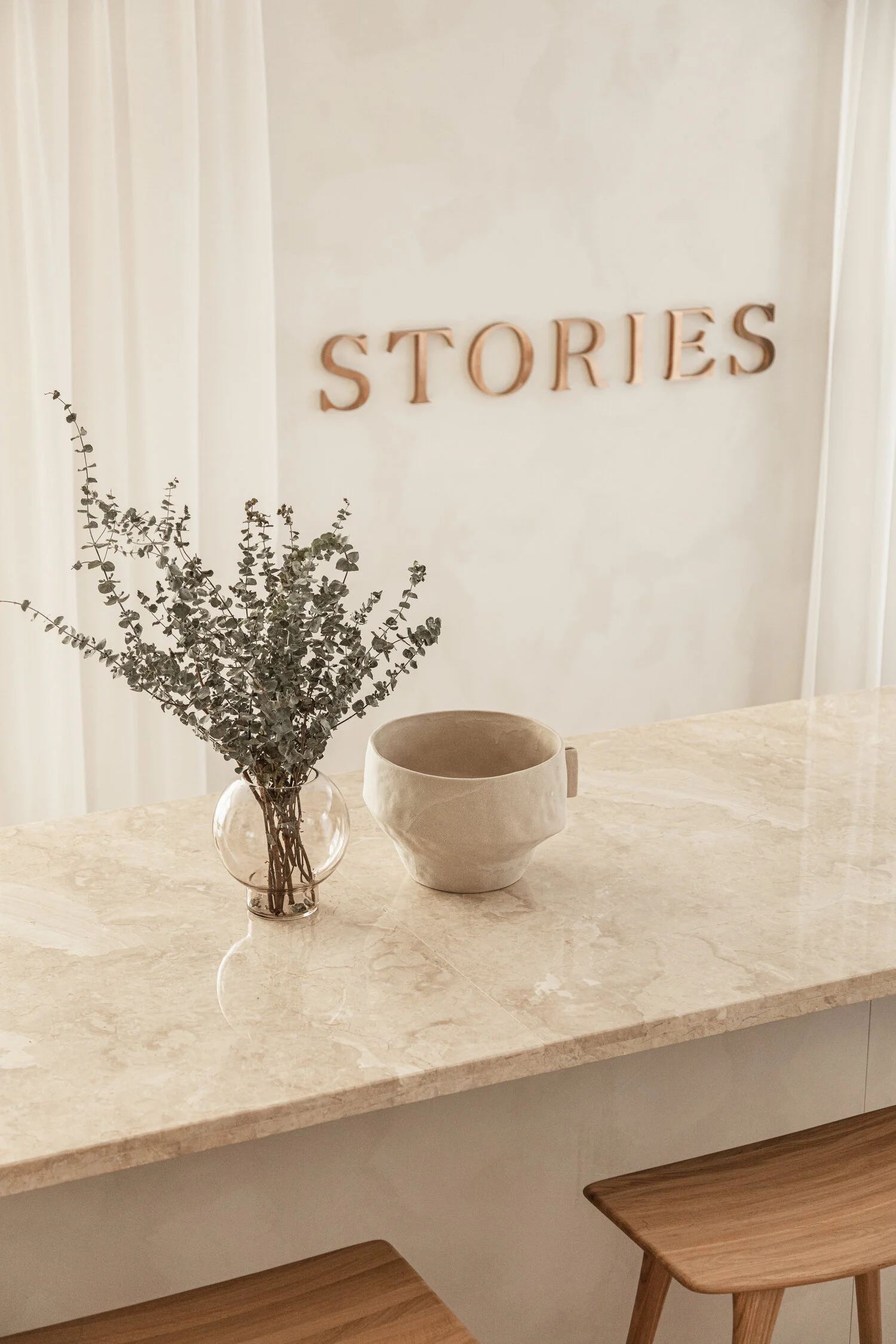The 5 Steps to Creating Your Dream Home
Design: Julia Hunter of Jenni Kayne Home
We all dream of home that feels put together, cozy, and inspiring… but sometimes bringing that dream to life can be challenging.
So today, we’re going to be sharing 5 steps to help you create a home that you love. We’ll be diving into how you can bring your space together so it feels more cohesive, what to look for when shopping for furniture, and the must-haves you need to create a space that’s beautiful but still feels authentic to you.
Before we get started, there are some tools you’re going to need that will make this journey to creating a home you love a lot easier.
1: Your design style
The first thing you’re going to need to have an understanding of is your design style. If you don’t know your design style, you can take our Interior Design Style Quiz, or read through some of our signature design styles.
2: A Comfortable Budget
Buying furniture for your home can likely cost more than you think, so it’s important to have an idea of how much you want to spend in your home. Budgets can come in all shapes and sizes and can range from $3500 a room to over $20,000. According to Forrent.com, the average person spends a little over $8,000 on furniture alone for a one-bedroom apartment which can be used as a baseline. Another way you can determine your budget is by setting aside 10 - 50% of the cost of your home for furnishing your space. That means if you’re buying a 2,000 sqft $250,000 home then you would have a furniture budget of $25,000 to $125,000.
Even though it’s a wide margin, it will allow the choice for you to be flexible and tailor to your needs and other expenses. If you have more of a tighter budget, we suggest selecting a few key items in your home to invest in and saving on the rest. Try to invest in items that you will be using the most (like a sectional/sofa or dining chairs) because those are the places where you’ll really feel the lack of quality over time.
If you plan on remodeling or hiring a designer to help you with your space, then you will need to include design fees, labor, and renovation costs in your budget as well.
3: Realistic expectations
This is a fair warning that all the HGTV shows you’ve probably binged with shoestring budgets and ridiculously short timelines are not real. When it comes to designing and creating a cohesive space, we can’t stress enough that it takes time. A lot of designers will tell you that their own homes stood empty for 7 to 8 months before they finally had the furniture come in. It’s a journey, not a race, so remember that as we walk through the below together!
5 Steps to Creating Your Dream Home
Designer: Becki Owens | Photography: Rebekah Westover
STEP O1
Start with your vision
When it comes to a cohesive home, it’s not all about how it looks but also how it functions and feels. Every moment has a reason or tells a story. So when looking at your home, what story does your space tell? How do you use each function of the space? Does your kitchen double as a workstation? Do you want your living room to be more of a sitting area or an entertainment area?
Get a piece of paper and write down all the areas in your home you’d like to make more cohesive. Right down what they serve as now, and then what you’d like them to serve as. This will help down the line ensure that your home isn’t just cohesive on the eyes but on the inside and function as well. A happy home is a cohesive one.
Designer: Oak and Orange | Photography: The Palm Co.
Step 2
Fill the Room Strategically
A lot of the time your home can lack cohesion because the function and flow of the room is all wrong. It’s easy to want to stick all of your furniture on the wall, but that’s the difference between creating a beautiful space and a boring one.
What if you floated your couch in the middle of the room instead and placed a beautiful low console behind it? Or pulled your dining table to the center of the space and created a breakfast nook?
A must-have to creating your dream home is a functional and beautiful layout plan. Make sure that everything makes sense in your space, and that every seat has a table next to it to put down a drink. This will also help you see which pieces you may still need, and could help you introduce new elements into your space. Like if you realized there's a little more space next to your living room, you could add a floating shelf to finish it off.
Design: Amber Interiors | Photography: Tessa Neustadt
Step 3
Look to Others for Inspiration
It’s now time to take all the inspiration you gathered while you were prepping to create the vision for your home. All cohesive homes came together because of a vision. There needs to be an endpoint/end goal for the home to achieve, which gives direction to everything you will be buying.
While your mood board may not be as in-depth as below, it still will help inform your brain on the direction you want your space to go. This will serve as a guide for your space and help you feel confident as you pull pieces together. Start with how you would like your home to feel -- cozy, moody, earthy, warm, airy? Putting words to your space will inform you of the direction you want your home to go. So if you know that you want your home to feel cozy and earthy then you would make sure to incorporate a lot of natural textures like jute to create that feeling in your space.
Then when you’re scrolling through Pinterest, save pictures or spaces that stand out to you. The second must-have to creating a cohesive home is a mood board for your space. Not only will this tie together your colors but it will also give you the confidence to move forward since you know what your end goal is.
Design: CQ Interiors | Photography: Emma Ampersand
Step 4
Focus on Quality over Quanity
The next thing that every cohesive home has are quality items in their space. It’s rare that you go into a cohesive home that’s pulled together and see furniture that’s falling apart or looks dirty/ratty. If you’re worried about breaking the bank then I completely understand. Some furniture items are priced fairly high and can really sink your entire budget, but there’s a way to shop where you can still get quality pieces. Here are a few tips we use when sourcing quality pieces for our clients online
Look at the durability of the material -- fabric samples for sectionals/couches come with a rub count that tells you how durable it is. The higher the rub count, the more durable the fabric is. This is great to know if your couch/sectional is going to be a high-traffic area, or if you have children or pets that may stain it.
Look at the photos on the reviews -- we often tell our clients to be careful with this one, as there are not many products that don’t have any reviews but be on the lookout for patterns that you might see. If people keep talking about fabric pilling badly, or a rug shedding then it probably means it’s accurate. You can also sometimes find photos of that product on Instagram.
Ask people who have the pieces about it on Instagram -- when we see a table, rug, or chair that we love on Instagram, we always reach out to the owner on behalf of our client to ask about the quality! Most people are honest and will let you know if they loved it or if there are any problems with it. They sometimes even send more pictures of it without filters so we can see the true color of the piece. It’s always better to be safe than sorry, and it’s good to keep a heads up on how the real projects use.
Design: Black Birch Home | Photography: Classic Gray Home
Step 5
Add your Finishing Touches
Sometimes it’s the smallest things that can make the biggest impact in a space. In order to create a cohesive space, there are some prime accessories that really help tie the room together. It’s the icing to the cake if you will, and without it, can leave your room feeling bland and lifeless. See below for our go-to list of accessories that are a must-have when creating a cohesive room.
Interesting lighting -- table lamps, floor lamps, pendant lights, chandeliers, sconces -- lighting is the perfect accessory that can add a statement to the room.
Window treatments -- things like linen curtains can add character to your home and make it feel complete and finished.
Rugs -- rugs are the one accessory that is almost as important as your furniture items themselves. Not only does the rug grind the space, but it also serves as a large piece of artwork that showcases the room.
Artwork -- artwork are accessories that really tie the space together. They bring interest and can tell stories. We often let our clients choose their artwork since we’ve learned that it can be a personal choice, but love showcasing our favorite options.
Home Decor Items -- items like ceramics bows, candles, vases, books, wooden beads, and other home decor items really help bring a space together. Layered on top of shelves, inside built-ins, or on counters, they are what turn a house into a home -- feeling lived in, beautiful, and most importantly, cohesive.
We hope you found these steps helpful in creating a beautiful, cohesive, and put-together home. Once you follow these steps then you will be closer to creating your dream home.
If you found yourself stuck on any of these steps or feel overwhelmed by the process, we can help!
We offer custom hand-crafted designs for your home to take the guesswork out of your hands and into our own. We’ll collaborate together to create a space that serves your needs, cultivates inspiration, and ultimately have you swooning.
Ready to work together? View our services or shoot us an inquiry!
CQ Interiors is a virtual interior design studio for new homeowners and renters. Bringing warm, relaxed, and contemporary design to interiors, we craft dream spaces for our clients that inspire and restore the soul. Want to work together? Shoot us an inquiry here.

















